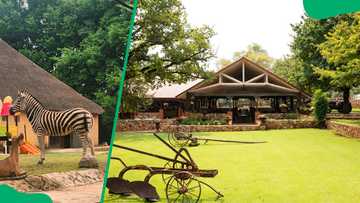The top 11 biggest townships in South Africa, ranked by size and population
The biggest townships in South Africa are home to millions of the country's urban population. The sprawling township of Soweto in Gauteng is the largest, with around 2 million people covering 200.03 square kilometres. These urban settlements are important economic centres contributing to the country's mainstream economy.
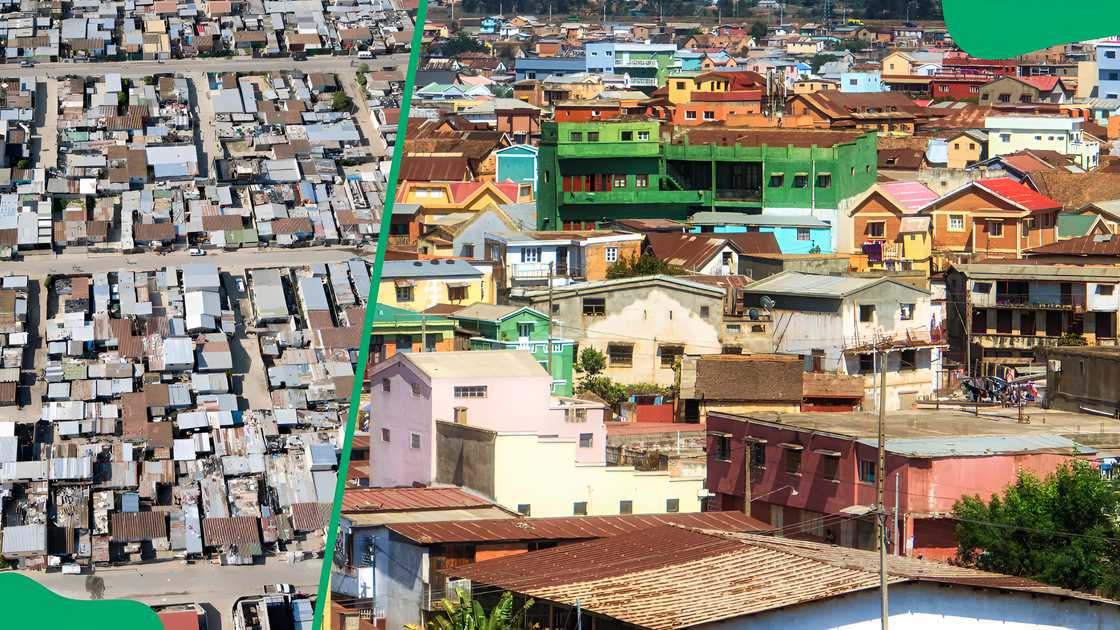
Source: Getty Images
TABLE OF CONTENTS
Key takeaways
- The top 3 biggest townships in South Africa are in Gauteng Province, including Soweto, Tembisa, and Katlehong.
- Townships are economic hubs with the potential to boost the country's local trade despite challenges like high unemployment, overpopulation, limited infrastructure, and socio-economic disparities.
- The majority of the largest townships in SA were created by the infamous apartheid policies of the Native Urban Areas Act of 1923, which focused on racial segregation in land ownership.
Inside the biggest townships in South Africa
The following ranking of the largest townships in South Africa is based on population estimates for 2025. Most of the settlements are in Gauteng, which is considered an economic powerhouse with two major cities, Pretoria and Johannesburg.
Rank | Township | Province | Size | Population (2025 approx.) |
1 | Soweto | Gauteng | 200.03 sq. km | ~2 million |
2 | Tembisa | Gauteng | 42.80 sq. km | ~655,000 |
3 | Katlehong | Gauteng | 55.36 sq. km | ~500,000 |
4 | Umlazi | KwaZulu-Natal | 47.46 sq. km | ~500,000 |
5 | Soshanguve | Gauteng | 126.77 sq. km | ~450,000 |
6 | Khayelitsha | Western Cape | 38.71 sq. km | ~450,000 |
7 | Mamelodi | Gauteng | 45.19 sq. km | ~400,000 |
8 | Mitchell's Plain | Western Cape | 43.76 sq. km | ~340,000 |
9 | Ibhayi | Eastern Cape | 36.06 sq. km | ~300,000 |
10 | Sebokeng | Gauteng | 46.45 sq. km | ~250,000 |
11 | Mangaung | Free State | 35.83 sq. km | ~217,076 |
The biggest townships are mainly old settlements established as segregated residential areas on the outskirts of major cities during apartheid. Since the 1990s, the government and local municipalities have set up initiatives to boost entrepreneurship and promote job creation.
The township economy generates around R200 billion yearly, and Forbes Africa estimates that it contributes around 6% of the country's GDP. Here is a detailed look at the top 11 largest townships:
11. Mangaung (~217,076)
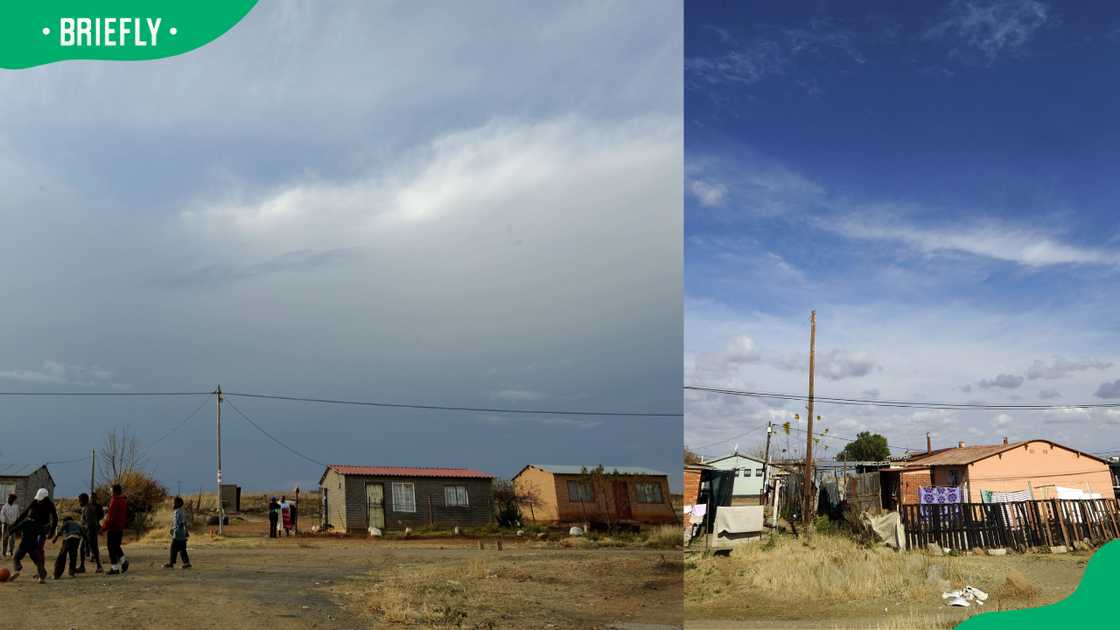
Source: Getty Images
- Size: 35.83 sq. km
- Location: Mangaung Municipality, Free State Province
Mangaung, which translates to Place of the Cheetah in Sesotho, is in the larger Mangaung Metropolitan Municipality. It is one of the largest townships in the Free State, consisting of several sub-townships including Batho, Botjhabela, Phahameng, Kagisanong, and Phelindaba.
The name Mangaung became official in 1975. Most of its residents belong to the Sesotho, Setswana, and isiXhosa communities. Small businesses are crucial to the township's local economy.
10. Sebokeng (~250,000)
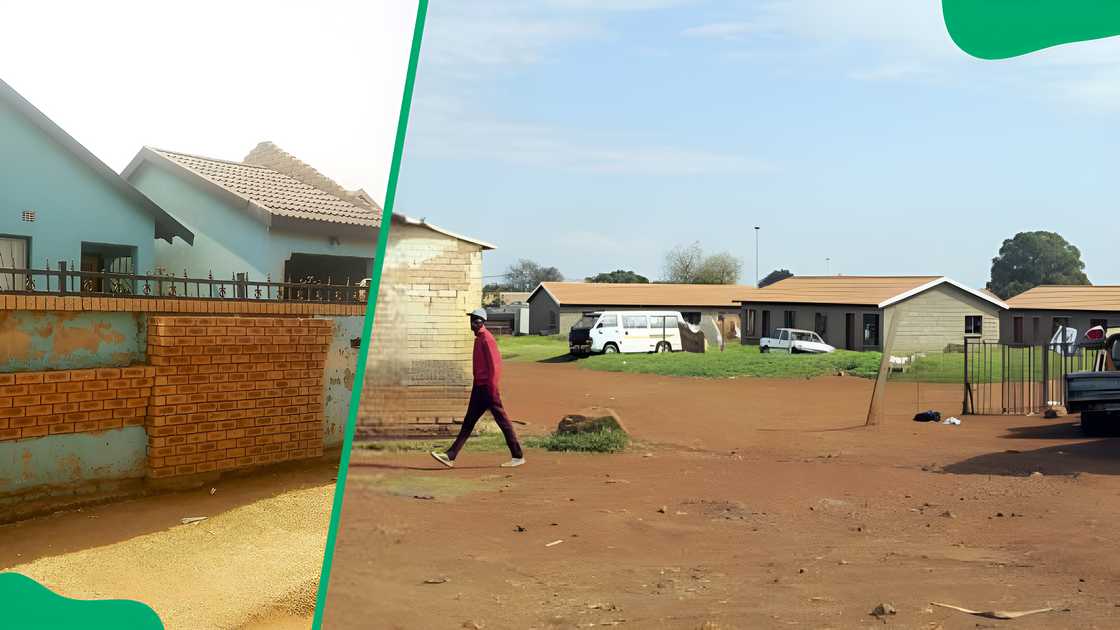
Source: Twitter
- Size: 46.45 sq. km
- Location: Sedibeng District Municipality, south of Johannesburg, Gauteng Province
Sebokeng, meaning gathering place in Sesotho, was created in 1965, with over 18,000 houses built for Black South Africans. The township became a centre for industrial labour that made significant contributions to Gauteng's manufacturing sector.
The southern Gauteng township has grown significantly after apartheid, with an increasing number of middle-class residents in places like Golden Gardens. Business centres like the Sebokeng Mall and the Thabong Mall contribute to Sebokeng's growing economy amid socio-economic inequalities and unemployment challenges.
9. Ibhayi (~300,000)
- Size: 36.06 sq. km
- Location: North of Gqeberha, Eastern Cape Province
Ibhayi, meaning the bay in Xhosa, was established to house Black workers employed in the nearby industrial centres. New Brighton was one of the township's oldest settled areas. Other smaller townships include KwaMagxaki, Zwide, and KwaZakhele.
Ibhayi has grown but still grapples with unemployment and poverty. The majority of the township's economic activities are informal. Efforts to improve the township's economy include urban development plans aimed at creating integrated communities, improving urban management, and restructuring economic opportunities.
8. Mitchells Plain (~340,000)
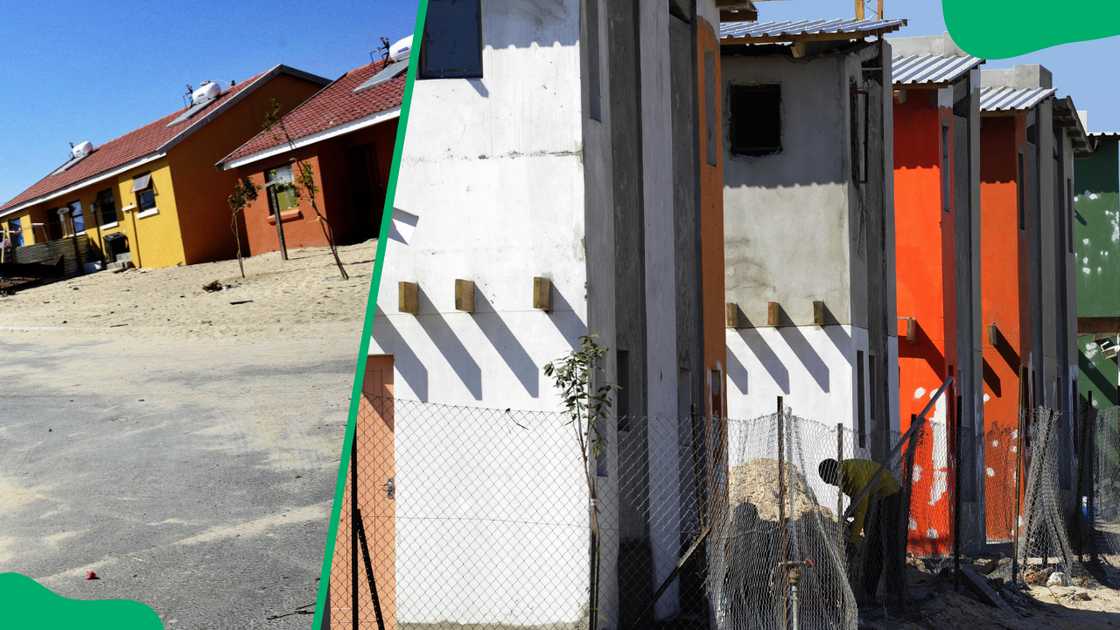
Source: Getty Images
- Size: 43.76 sq. km
- Location: Cape Flats, Western Cape
The apartheid government established Mitchells Plain in the early 1970s to accommodate middle-income Coloured families. The township was intended to be a structured urban area with large open spaces and public facilities.
Mitchells Plain's condition would later deteriorate and become an urban ghetto with high rates of crime and drug use. Today, the township has residents of different classes. Several development initiatives like the Mitchells Plain Town Centre Improvement District (MPTCID) have been launched to stimulate growth.
7. Mamelodi (~400,000)
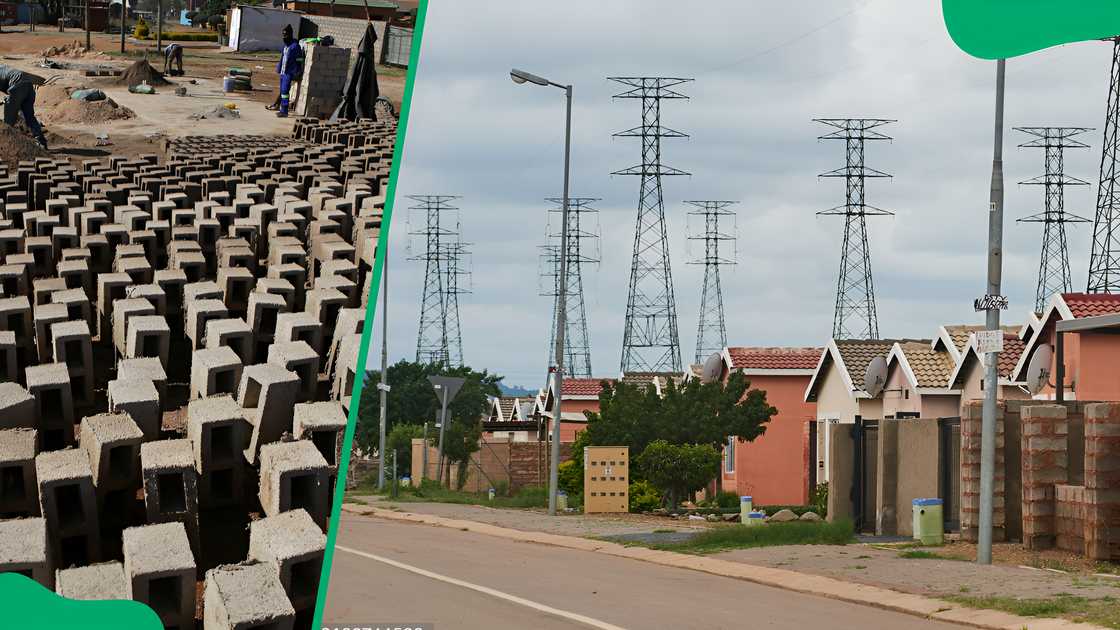
Source: Getty Images
- Size: 45.19 sq. km
- Location: Northeast of Pretoria, Gauteng Province
Mamelodi means Mother of Melodies in Sepedi as a reference to President Paul Kruger, who was known for his whistling skills and ability to imitate birds. The township was established in 1953 and has a mix of communities, including the Bapedi, Tswana, Zulu, Venda, and Ndebele.
The township became a key area of resistance against the apartheid regime, with activists like Ting-Ting Masango, Solomon Mahlangu, and Stanza Bopape leading the community. The Solomon Mahlangu Freedom Square commemorates the community's struggle history.
Mamelodi has undergone significant changes and is a major tourist destination. The area is home to several educational institutions, including the University of Pretoria campus. The Mamelodi Sundowns FC (also called The Brazilians) is also a source of pride for the community.
6. Khayelitsha (~450,000)
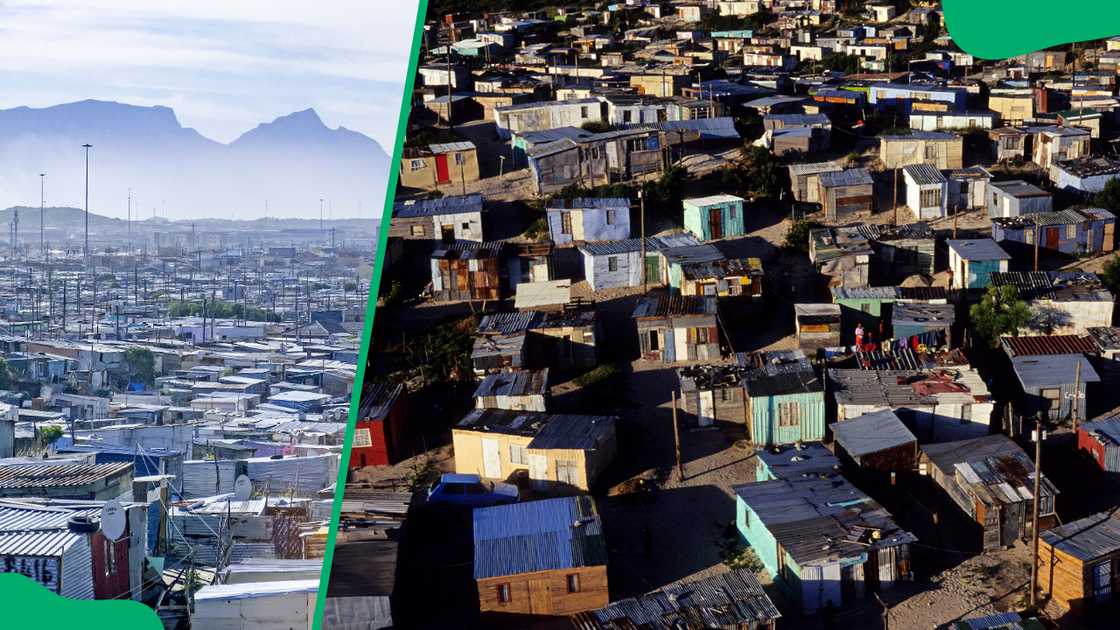
Source: Getty Images
- Size: 38.71 sq. km
- Location: Cape Flats, southeast of Cape Town, Western Cape
Khayelitsha, meaning new home in Xhosa, is the largest township around Cape Town and the largest single township in South Africa. It was established in the early 1980s to accommodate the increasing number of Black South African migrants from the Eastern Cape and reduce overcrowding in other Cape Townships.
Today, Khayelitsha has the biggest informal settlement in South Africa and consistently ranks as the country's largest slum. The government has implemented strategies aimed at solving overcrowding, inadequate housing, and limited access to basic services, but the progress is slow.
5. Soshanguve (~450,000)
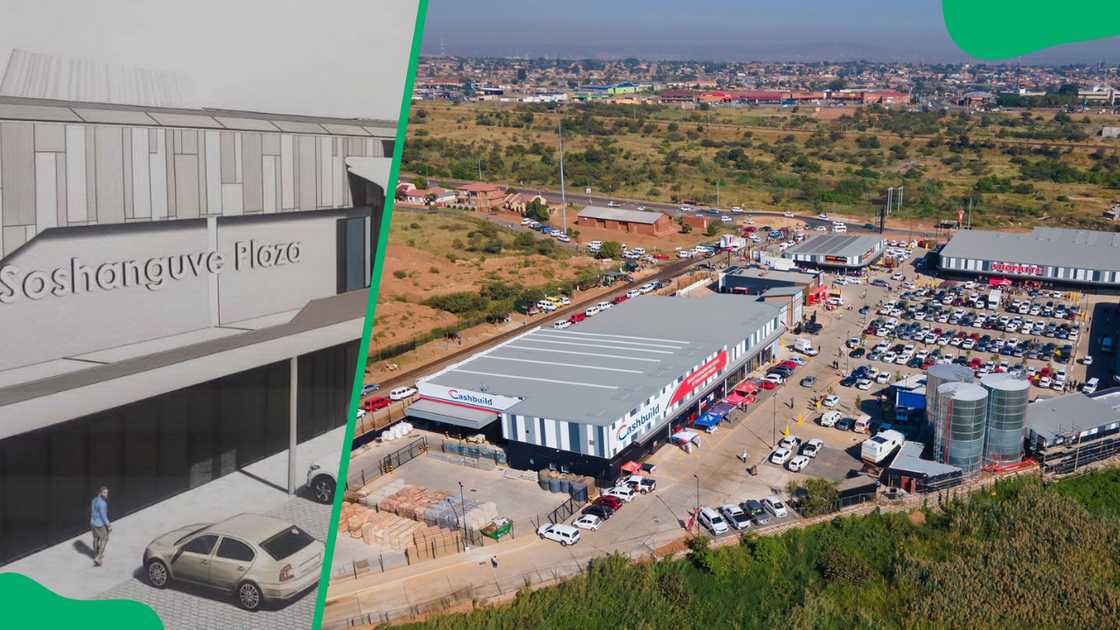
Source: Twitter
- Size: 126.77 sq. km
- Location: ~30 km north of Pretoria, Gauteng Province
Soshanguve is an acronym for the major ethnic groups that were resettled in the township, including Sotho, Shangaan, Nguni, and Venda. The area was originally named Mabopane East and was established as a segregated Black township in 1965.
The township has a growing informal economy and is home to a Tshwane University of Technology campus. Soshanguve also has a vibrant culture characterised by the energetic Bacardi dance.
4. Umlazi (~500,000)
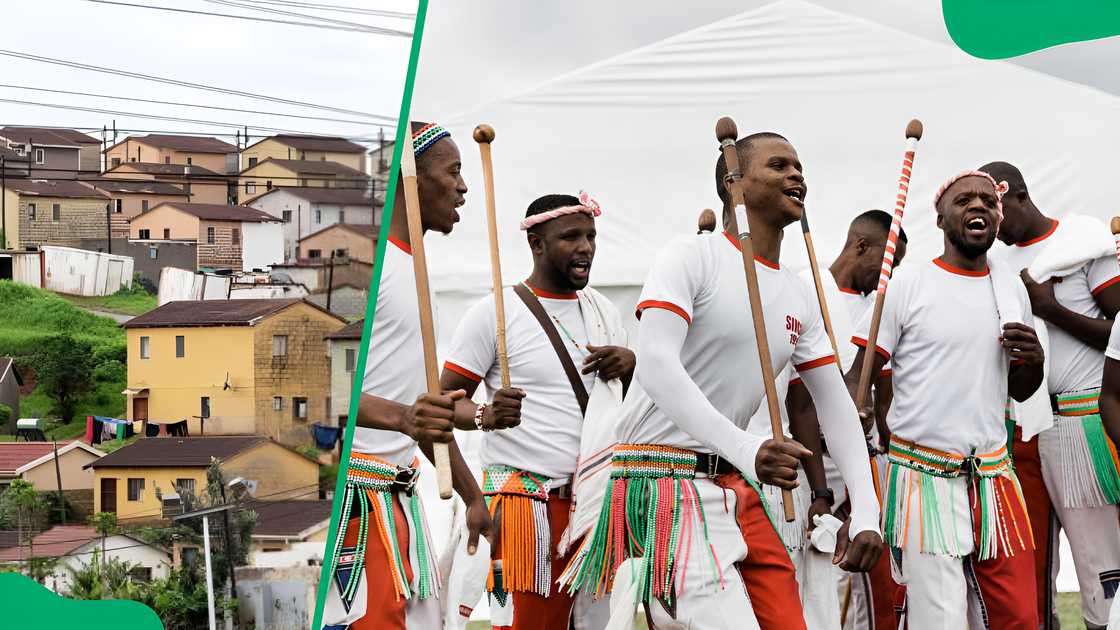
Source: Getty Images
- Size: 47.46 sq. km
- Location: Southwest of Durban, KwaZulu-Natal Province
Umlazi, located along the southern banks of the Mlazi River, has a rich history dating back to the 16th century, when it was occupied by the Cele clan. The area became an Anglican mission reserve in the 1800s.
By 1965, the apartheid government had started relocating Black residents, mainly from Durban, to Umlazi. It is the biggest township in KwaZulu-Natal Province, with a rich Zulu culture. The King Zwelithini Stadium is one of Umlazi's biggest facilities.
3. Katlehong (~500,000)
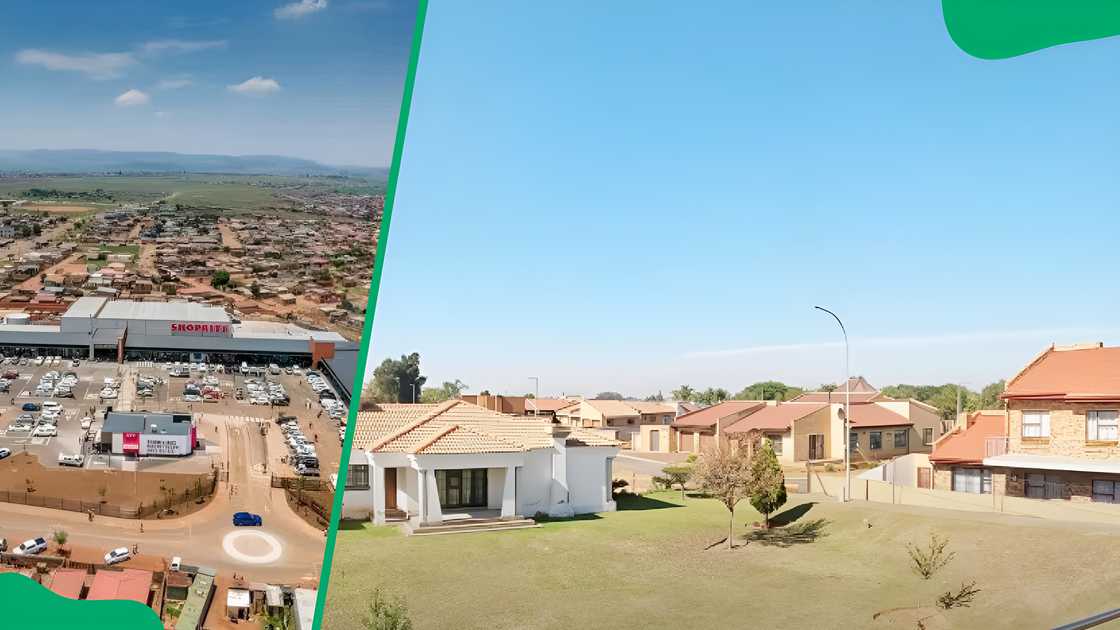
Source: Twitter
- Size: 55.36 sq. km
- Location: Ekurhuleni, east of Johannesburg and south of Germiston, Gauteng Province
Katlehong is located between Vosloorus and Thokoza townships, giving them the collective name Kathorus. It is the third biggest township in Gauteng Province, created in 1945.
During the early 1990s, Katlehong experienced intense political violence between members of the ANC and the Inkatha Freedom Party (IFP). Today, the township is one of the most developed in South Africa. It is also home to notable stars like the late footballer Emmanuel Ngobese and rapper Kwesta.
2. Tembisa (~655,000)
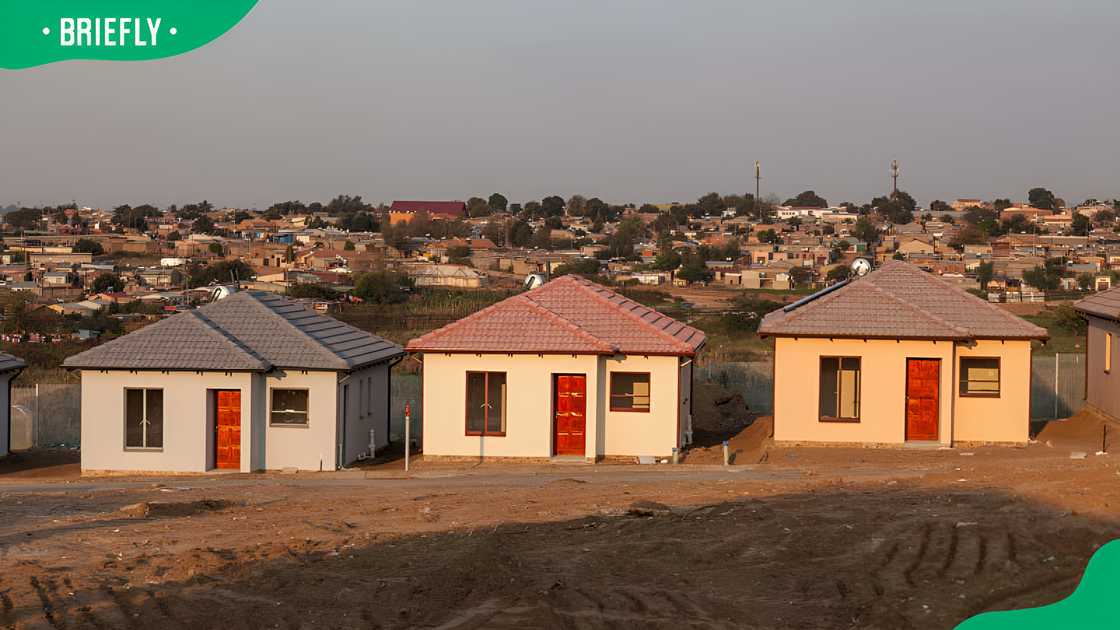
Source: Twitter
- Size: 42.80 sq. km
- Location: North of Kempton Park, Gauteng Province
Tembisa means promise in Xhosa. It is the second biggest township in South Africa, which was created in 1957 to relocate Black South Africans from Germiston, Midrand, Kempton Park, Edenvale, and Alexandra.
Today, the township has a growing retail sector with facilities like the Mall of Thembisa. As Tembisa's population grows to over 655,000, initiatives have been established to boost the economy in the area, including the Township Economic Development program and the Township Economy Summit.
1. Soweto (~2 million)
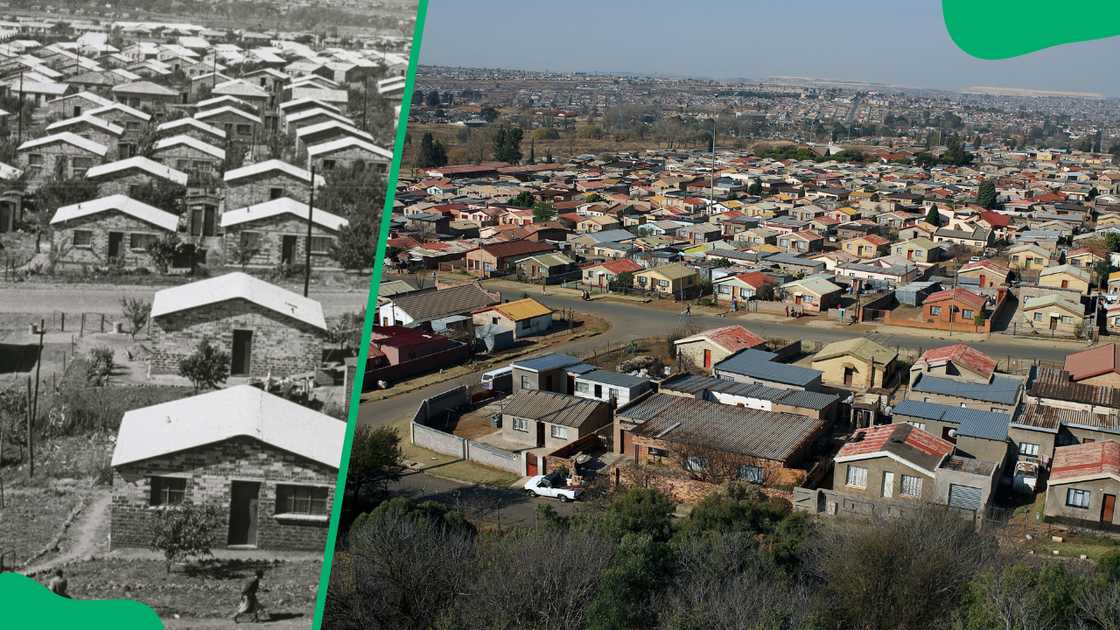
Source: Getty Images
- Size: 200.03 sq. km
- Location: Southwest Johannesburg, Gauteng Province
Soweto, which is the acronym for South-Western Townships, is South Africa's largest township, consisting of several Johannesburg townships. It was established in the 1930s under the Native Urban Areas Act of 1923 to settle Black labourers working in Johannesburg.
It later became an important centre of resistance against apartheid, known for the 1976 Soweto Uprising. Soweto was integrated into the Greater Johannesburg Metropolitan Municipality in 2002.
The township is now a vibrant cultural and economic hub. Key infrastructures in Soweto include Vilakazi Street, which was home to Nobel Laureates Nelson Mandela and Archbishop Desmond Tutu. The street is a major tourist attraction with sites like the Mandela House Museum.
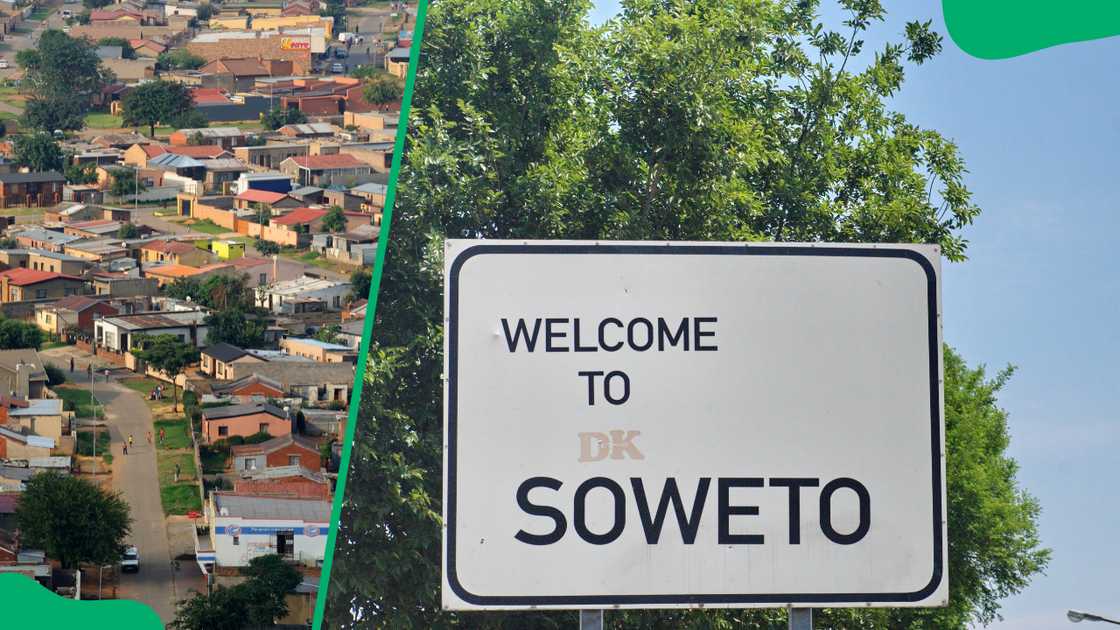
Source: Getty Images
Which is the biggest municipality in South Africa?
The city of Johannesburg in Gauteng Province is the largest municipality, covering an area of 1,645 square kilometres. The municipality has an estimated population of over 6.4 million in 2025, according to World Population Review.
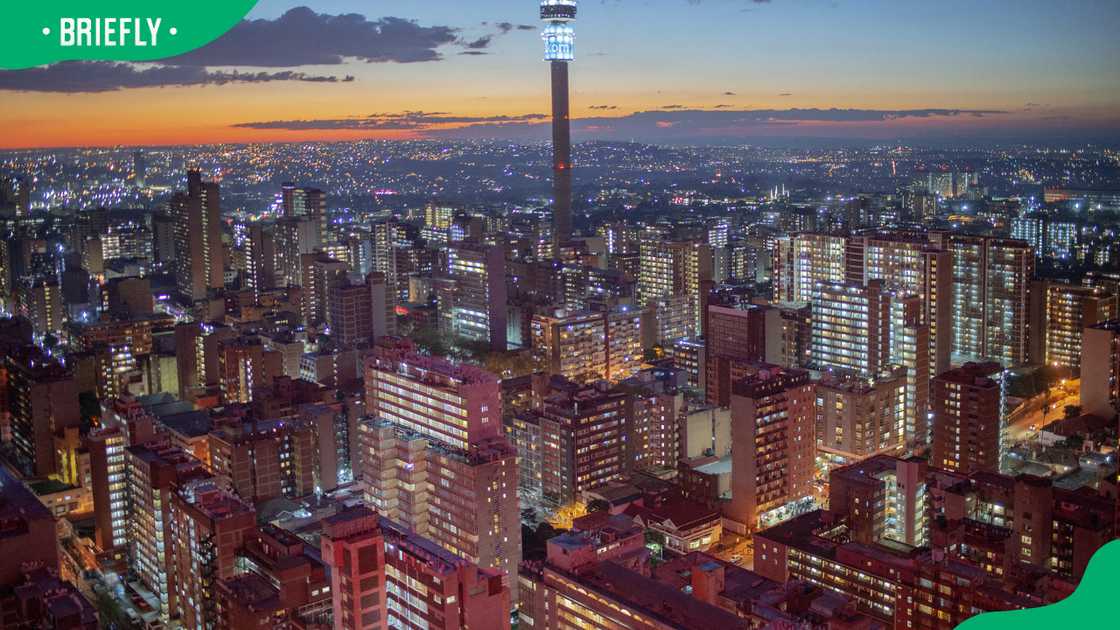
Source: Getty Images
From the streets of Soweto in Gauteng to Khayelitsha in the Western Cape, the biggest townships in South Africa continue to shape the country's social and economic sectors. With their rich histories and growing population, developing them might be the key to a better South Africa.
READ ALSO: Top 25 most beautiful cities in Africa
Briefly.co.za highlighted some of the most stunning cities in Africa. The continent's 54 countries are home to hundreds of bustling metropolises.
Whether you are looking for natural beauty, cultural vibrancy, or historical significance, each of the cities offers something special. You can enjoy the views of Cape Town's breathtaking landscapes in the south or Cairo's ancient wonders of the Pyramids of Giza in the north.
Source: Briefly News


